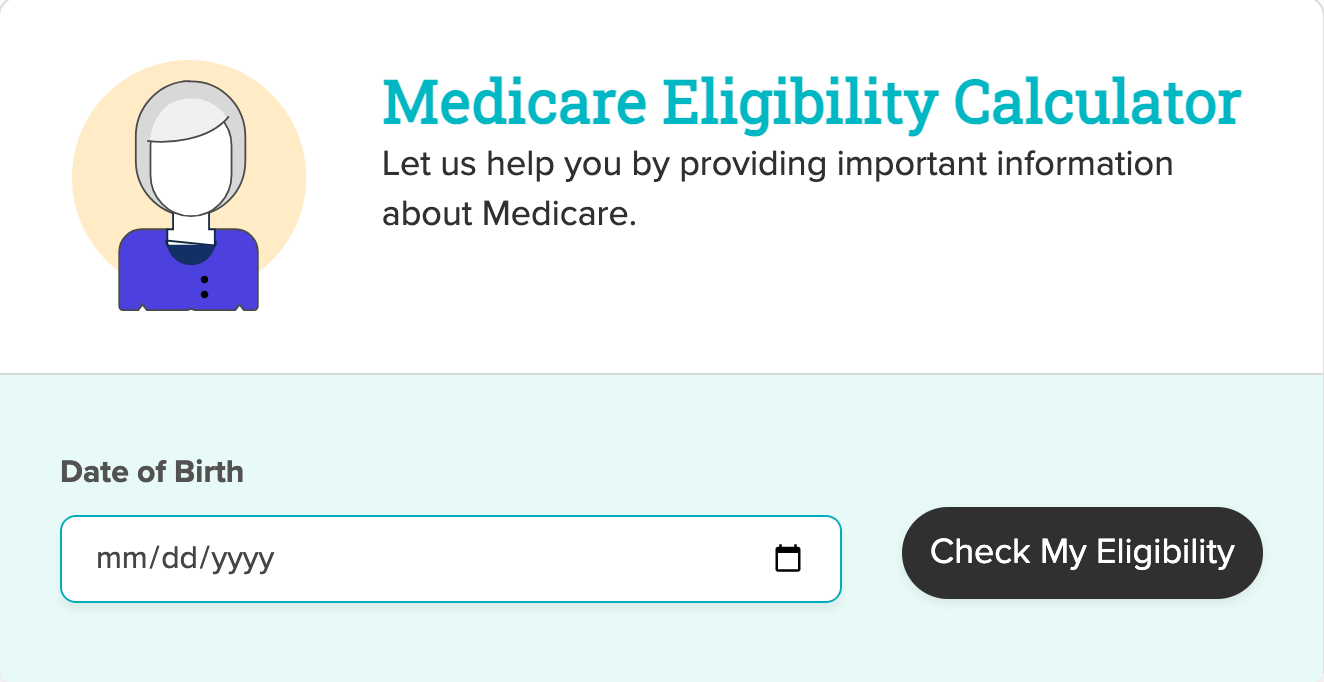The beginning of the year always brings about change. Some are changes you may make by choice, like deciding to quit smoking or being more active. Others are changes that have been determined for you, like changes to your Medicare plan monthly premiums.
Whether or not you opted to change plans during the Medicare Annual Enrollment Period, you may have seen a change in your health insurance bills starting in January. That’s because 2024 Medicare Part B premiums increased across the board due to rising healthcare costs and inflation.
Exactly how much your premiums increased, though, isn’t based on your current health or Medicare plan or your income. Rather, it’s the soaring prices of overall healthcare and inflation. However, a small percentage of Medicare beneficiaries pay higher-than-standard premiums based on the income shown in their tax returns from two years ago. If your 2024 Medicare premiums include a high-income surcharge, it’s calculated based on your 2022 tax returns.
So, exactly how are Medicare premiums determined? And what does this mean for you and your Medicare premiums in 2024? Let’s take a closer look.
Medicare Premiums and the Government — Who Pays for What
A quick background on what Medicare premiums are may be helpful. Medicare is broken into two parts. Essentially:
- Medicare Part A – Hospitalizations and inpatient care
- Medicare Part B – Standard healthcare services
There are also options for supplemental coverage, notably:
- Medicare Supplement – Highly-regulated add-ons that pay your out-of-pocket Medicare costs
- Medicare Advantage – Private plans that replace your Parts A, B, with additional benefits known as Part C.
- Part D – Prescription drug coverage plans, introduced in 2006.
Generally, if you’re on Medicare, you aren’t charged a premium for Part A. However, you are charged monthly premiums for Part B and Part D, and can also be charged for Part C, depending on the plan you select. These premiums are tax-deductible. If you do itemize your taxes, you can only deduct medical expenses, including Medicare premiums, that exceed 7.5% of your AGI. This can limit the number of people who can deduct their premiums.
Most of Medicare Part B – about 85% – is funded through U.S. general and payroll tax revenue. But the remaining 15% of Medicare Part B expenses are paid through your premium, which is determined by your income level. Medicare prices are quoted under the assumption you have an average income. If your income level exceeds a certain threshold, you will have to pay more.
So, How Are the Medicare Premiums You Pay for Calculated?
These additional Medicare premiums are all calculated through something called IRMAA, which stands for Income-Related Monthly Adjustment Amount. It is an additional amount that you may have to pay along with your Medicare premium if your modified adjusted gross income (MAGI) is higher than a certain threshold.
Your MAGI is calculated by taking your adjusted gross income (AGI) plus any of the following that applies to you: untaxed foreign income, non-taxable Social Security benefits, tax-exempt interest, and income from within the US territories that was not already included in AGI. For most people, your MAGI will be the same as your AGI but read this report by the Congressional Research Service for further details.
In 2023, the IRMAA surcharges only apply if your MAGI is more than $97,000 for an individual, or more than $194,000 for a couple that file jointly. Most people have income below these levels, so the majority of enrollees will pay the standard premium, $164.90 per month.
How Much Are Medicare Premiums in 2023?
There are six income tiers for Medicare premiums in 2023. As stated earlier, the standard Part B premium amount that most people are expected to pay is $164.90 per month. But, if your MAGI exceeds an income bracket — even by just $1 — you are moved to the next tier and will have to pay the higher premium.
Here’s a table with the 2023 numbers:
| Individual Taxable Income (from two years ago) | Joint Taxable Income (from two years ago) | 2020 Monthly Part B IRMAA Premium | |
| $97,000 or less | $194,000 or less | $164.90 | |
| $97,001 to $123,000 | $194,001 to $246,000 | $230.80 | |
| $123,000 to $153,000 | $246,001 to $306,000 | $329.70 | |
| Above $153,000 to $183,000 | Above $306,000 to $366,000 | $428.60 | |
| Over $183,000 (for 2020: and less than $500,000) | Over $366,000 (for 2020: and less than $750,000) | $527.50 | |
| $500,000 and above | $750,000 and above | $560.50 |
Hold Harmless Provision
What is the hold harmless rule? It ensures that if you’re receiving Social Security retirement benefits, the amount of your check won’t decline from one year to the next.
Medicare Part B premiums are deducted from Social Security checks, and Social Security benefit amounts are adjusted annually by the cost-of-living adjustment (COLA). As long as the COLA is enough to cover the full amount of the Part B premium increase for that year, the full amount of the premium increase can be applied — the beneficiary’s net Social Security benefit amount won’t decrease.
But if the Part B premium increase would be more than the beneficiary’s COLA amount, the full amount of the Part B premium increase can’t be applied, because that would result in a year-over-year decrease in their Social Security check. However, the hold harmless provision doesn’t apply to people who have to pay the IRMAA surcharge, even if they’re receiving Social Security benefits.
In 2016, 2017, and 2018, the Social Security COLA amount for most beneficiaries wasn’t enough to cover the full cost of the Part B premium increases, so most enrollees were paying less than the full amount, because the hold harmless rule protected them. But in 2019, the COLAs were sufficient to cover the full cost of the Part B premiums for most people. However, in 2022 there was a 14.5% increase to Medicare Part B premiums, It was slightly reduced in 2023, so most beneficiaries paid the standard $164.90/month for Medicare Part B.
The hold harmless provision does NOT protect you if you are new to Medicare and/or Social Security, not receiving Social Security benefits, or are in a high-income bracket. For further information, read this report by the Congressional Research Service.
What if Your Financial Situation Has Significantly Changed Since Filing Your Tax Return from Two Years Ago?
As mentioned earlier, most people pay the standard rate for Medicare Part B or Part D prescription drug premiums. Few pay IRMAA surcharges. But if you are paying the IRMAA surcharge and have had a life-altering event that drastically affects your income level since you first enrolled, such as the death of a spouse or retirement, you can go to Social Security’s website to fill out the Medicare Income-Related Monthly Adjustment Amount – Life Changing Event form. You don’t have to pay an amount that no longer makes sense.


